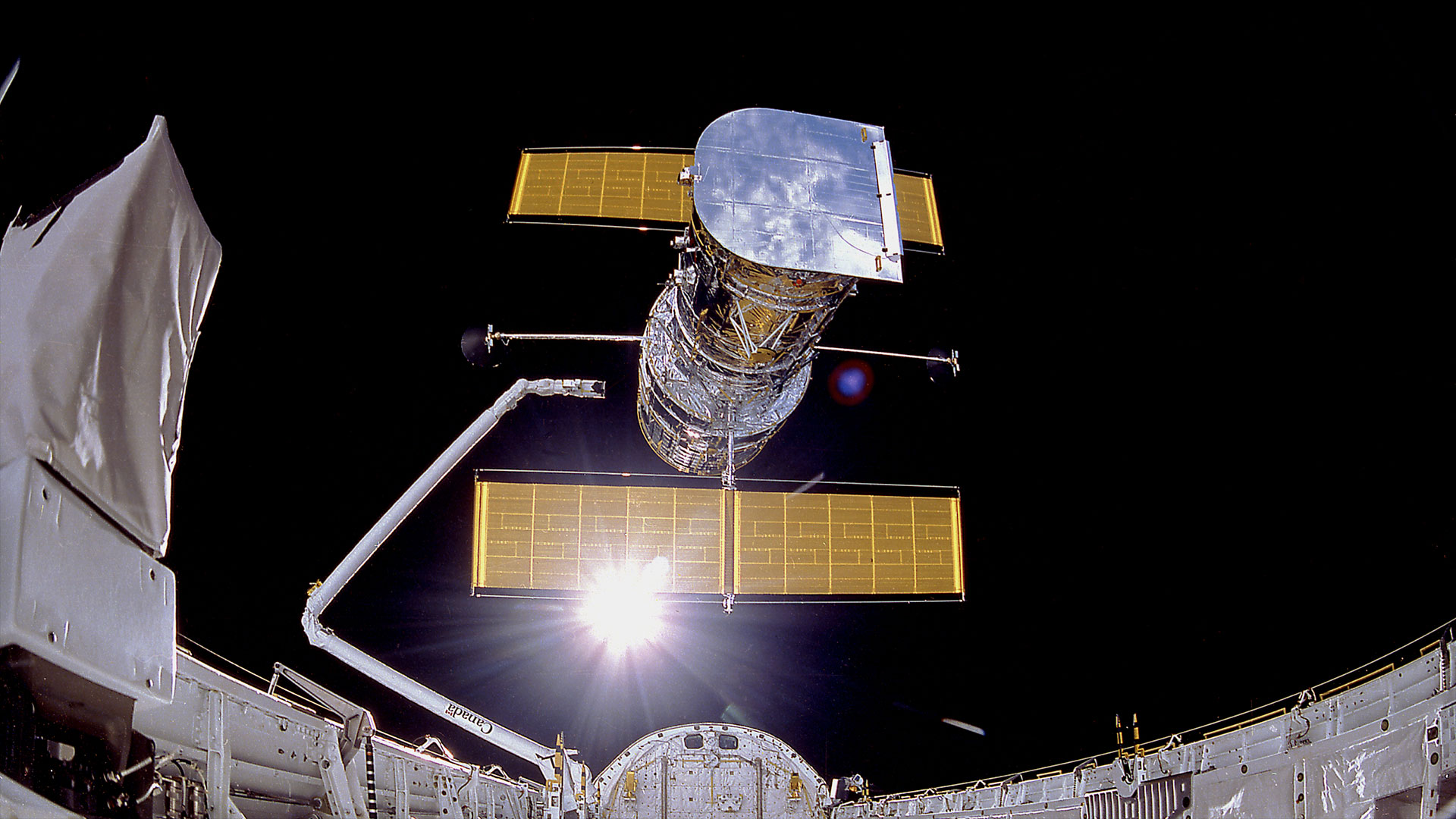Supermoon Lights Up South Pole in Photo

Soon after the 24-hour darkness of Antarctic winter descended on the United States' Amundsen-Scott Station at the South Pole, the crew of scientists and staff overwintering there got a much-welcomed dose of very bright moonlight.
In early May, a gleaming supermoon appeared — this full moon coincides with the moon's perigee, or closest monthly pass of the Earth.
Thanks to that quirk of timing, a supermoon appears larger and brighter than a typical full moon, and crews at the South Pole station took full advantage of the extra light, completing as much outside maintenance as possible.
"After weeks of walking and working in the dark, or perhaps guided by the faint red light of a headlamp, we could all of a sudden see what we were doing and where we were going," wrote South Pole correspondent Sven Lidstrom in the Antarctic Sun, a publication of the National Science Foundation.
In Antarctica, the sun sets for the austral winter sometime in April, and doesn't reappear until sometime in August, plunging the continent into utter darkness.
And although the newly built Amundsen Scott Station, a gleaming, elevated building opened fully in 2008, offers far more comforts than earlier South Pole stations, no human construction can fully make up for the unending night of the frigid winter months.
Crews at Australia's Davis Station, the southernmost of that nation's Antarctic research stations, also noted the arrival of the supermoon, and said the extra light made it easier to move about the compound.
Get the Space.com Newsletter
Breaking space news, the latest updates on rocket launches, skywatching events and more!
"It is amazing how small things like actually seeing what you are doing can make your day," Lidstrom wrote.
This story was provided by OurAmazingPlanet, a sister site to SPACE.com. Follow OurAmazingPlanet for the latest in Earth science and exploration news on Twitter @OAPlanet. We're also on Facebook & Google+.
Join our Space Forums to keep talking space on the latest missions, night sky and more! And if you have a news tip, correction or comment, let us know at: community@space.com.
OurAmazingPlanet was founded in 2010 by TechMediaNetwork, which owned Space.com at the time. OurAmazingPlanet was dedicated to celebrating Earth and the mysteries still to be answered in its ecosystems, from the top of the world to the bottom of the sea. The website published stories until 2017, and was incorporated into LiveScience's Earth section.










